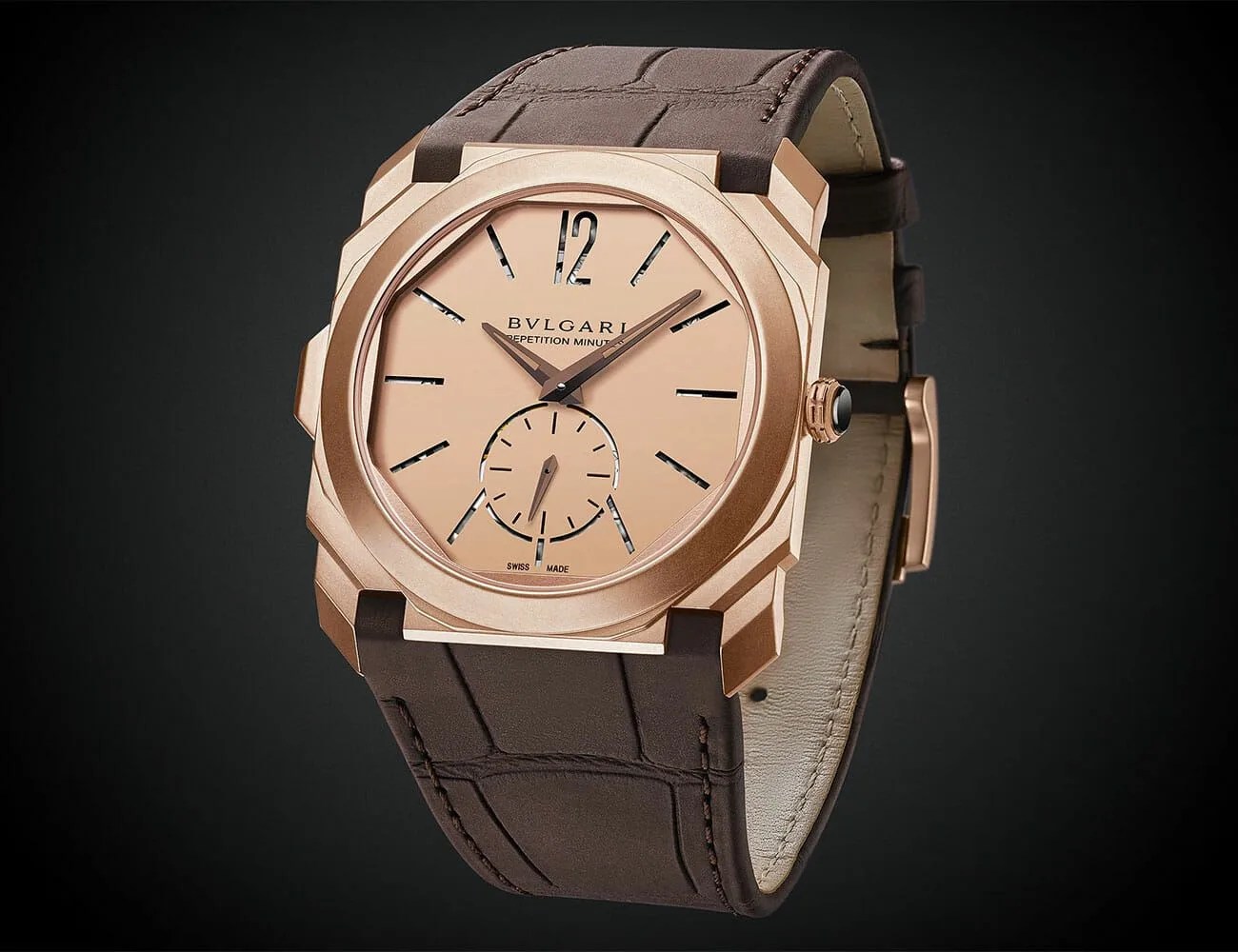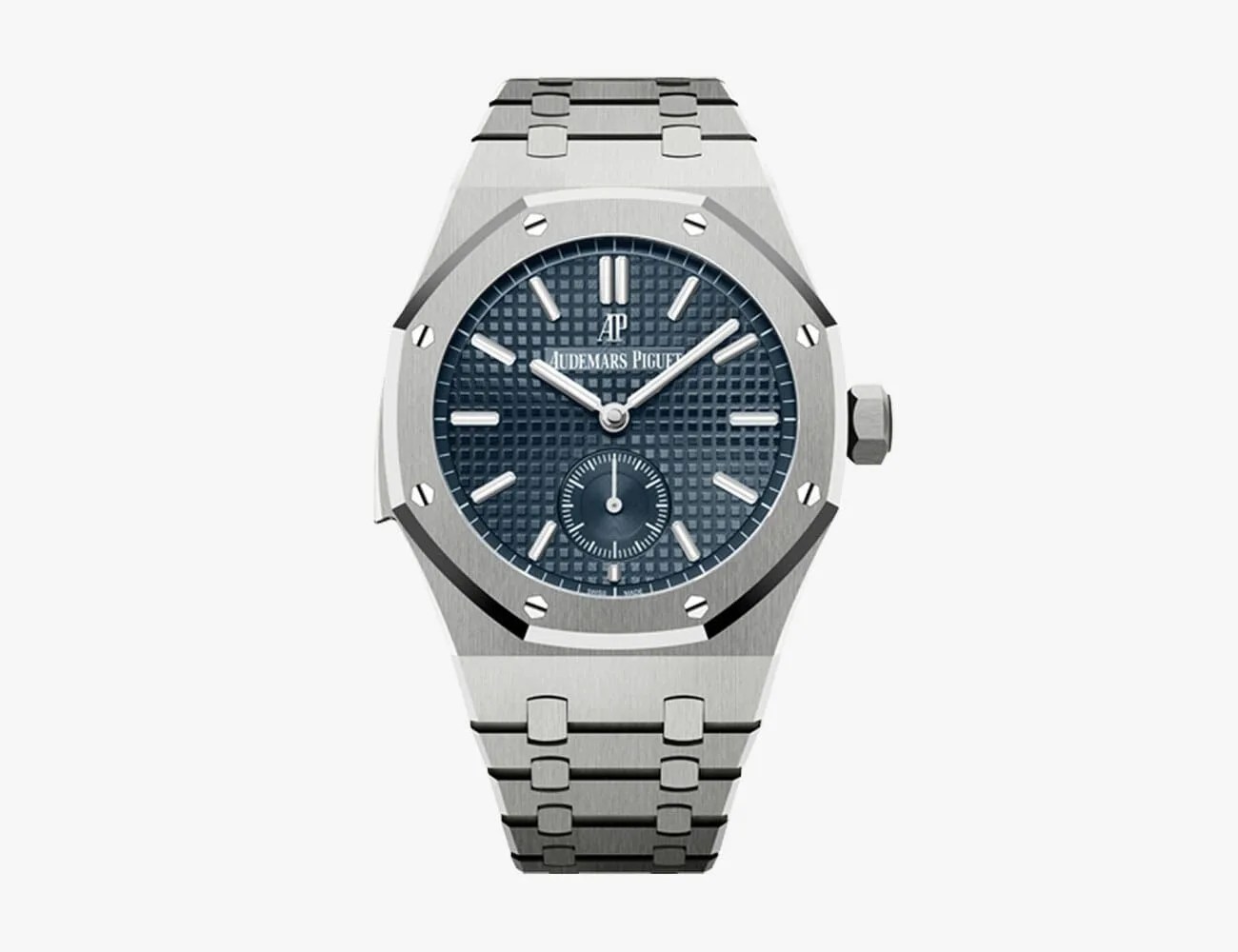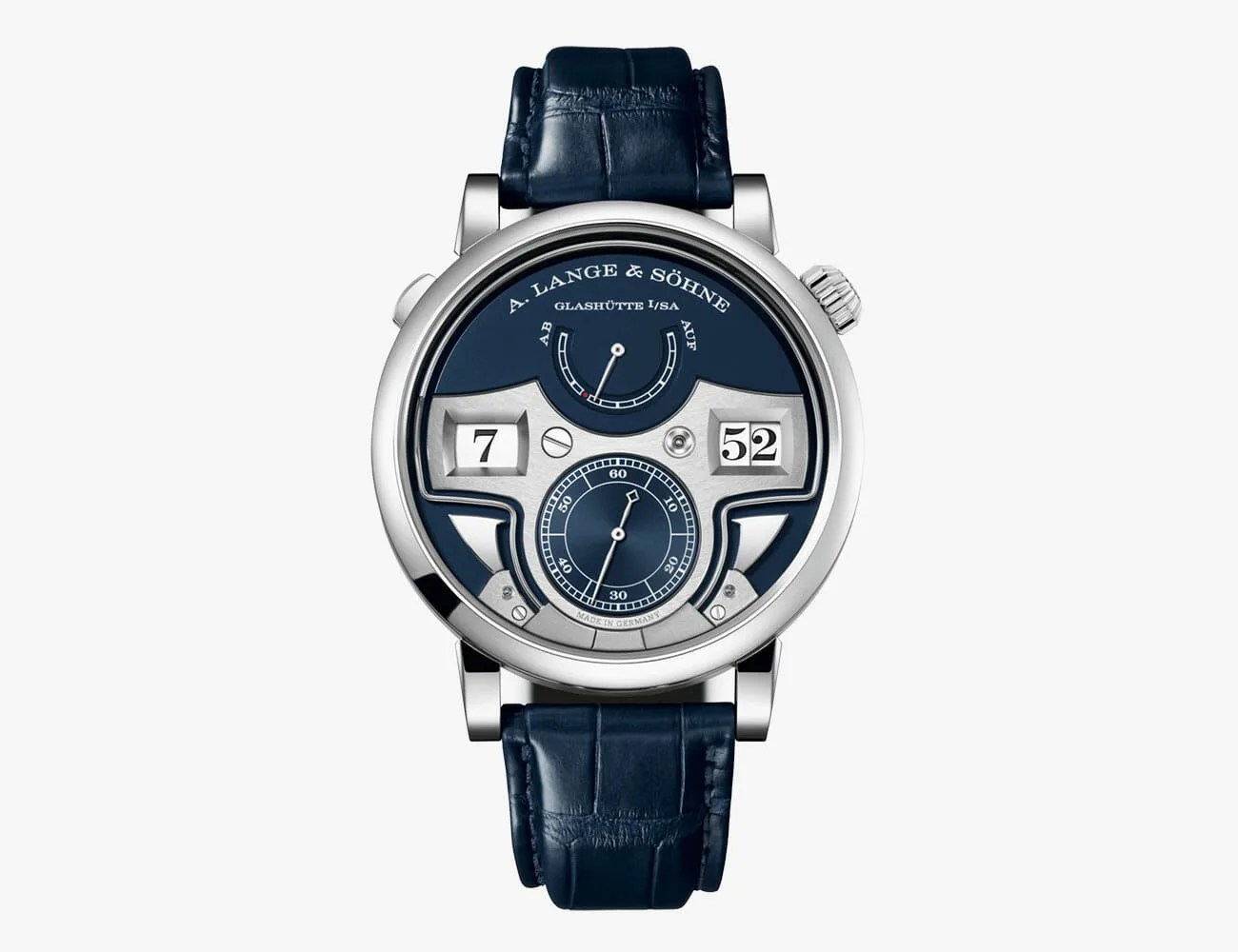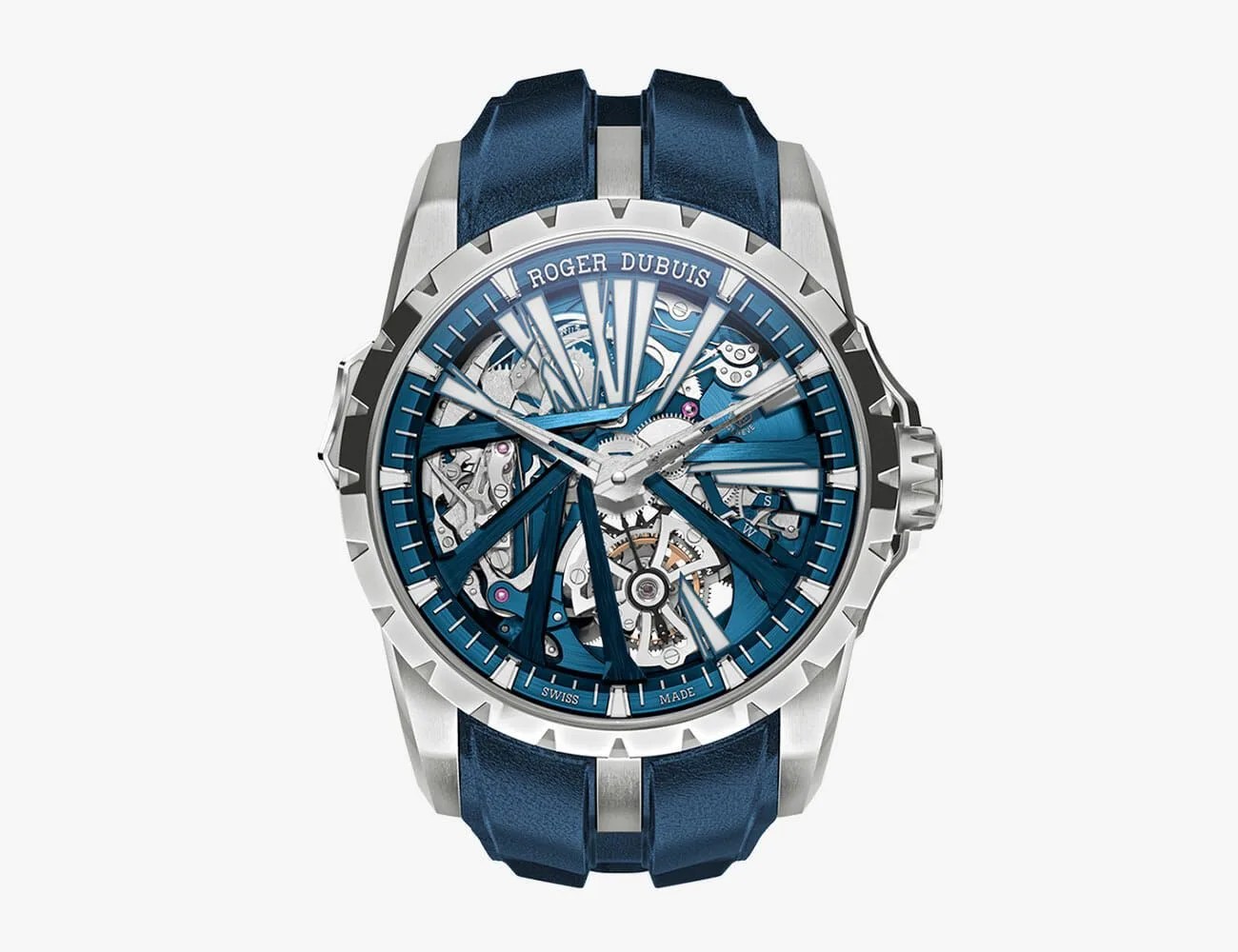In the days before electric lighting, working hours were determined by the length of the day. Candlelight made for tired eyes and people’s schedules largely followed that of the sun. Theaters and train cars were dark in the era before ours, when bright smartphone screens are both a help and a nuisance. It was in this earlier age that the repeater watch was created so a man could check the time in the dark.
In the beginning, repeater pocket watches — which grew from their forebears, chiming clocks — only chimed the most recent hour that passed. So whether the time is 10:00 or 10:52, an hour repeater would still chime 10 times. As watchmaking advanced, repeaters got more precise and more configurations appeared, from quarter repeaters, which chimed the hours and the quarter hours, to five-minute repeaters, which would chime the hour followed by the number of five minute intervals after the hour in two different tones. The most precise repeater, as you might imagine, is the minute repeater, which sonically tells the exact time down to the minute.
Repeaters are not alarms, nor do they chime on their own, which would quickly become tiresome. Instead they operate on demand when the wearer wants to check the time, in which case he pulls a spring-loaded slider on the side of the watch case to activate it.
Adding a sonic element to a watch movement is not easy, much less one that “knows” the time.
By the early 1900s, artificial lighting rendered the repeater largely obsolete. But the charm of the complication has never lost its appeal, and it is one of the most enduring and beloved ones. Due to the skill required to design and build them, they have always commanded premium prices and have historically been the province of wealthy collectors. The big names in haute horology, including Patek Philippe, Audemars Piguet and Breguet have built some of the most legendary repeater watches, which remain rare but prized by watch collectors.
Adding a sonic element to a watch movement is not easy, much less one that “knows” the time. Space is one issue; in a wristwatch case, it requires shoehorning the synchronizing, striking and separate winding elements alongside the rest of the watch movement. And then there’s the matter of tuning the acoustics to not only be loud, but to have a clear and pleasing sound in multiple tones to differentiate minutes from hours.
A repeater mechanism is wound separately from the timekeeping components of the watch. The required tension to sound the gongs is not as great as that for the watch’s mainspring, which is keeping constant time, so “arming” the repeater is accomplished by tensioning the spring that powers the chiming mechanism. This is done by pushing the slide on the side of the watch case, which tensions the chiming spring in the same way that pulling a toy race car backwards gives it the power to move forward when released.







